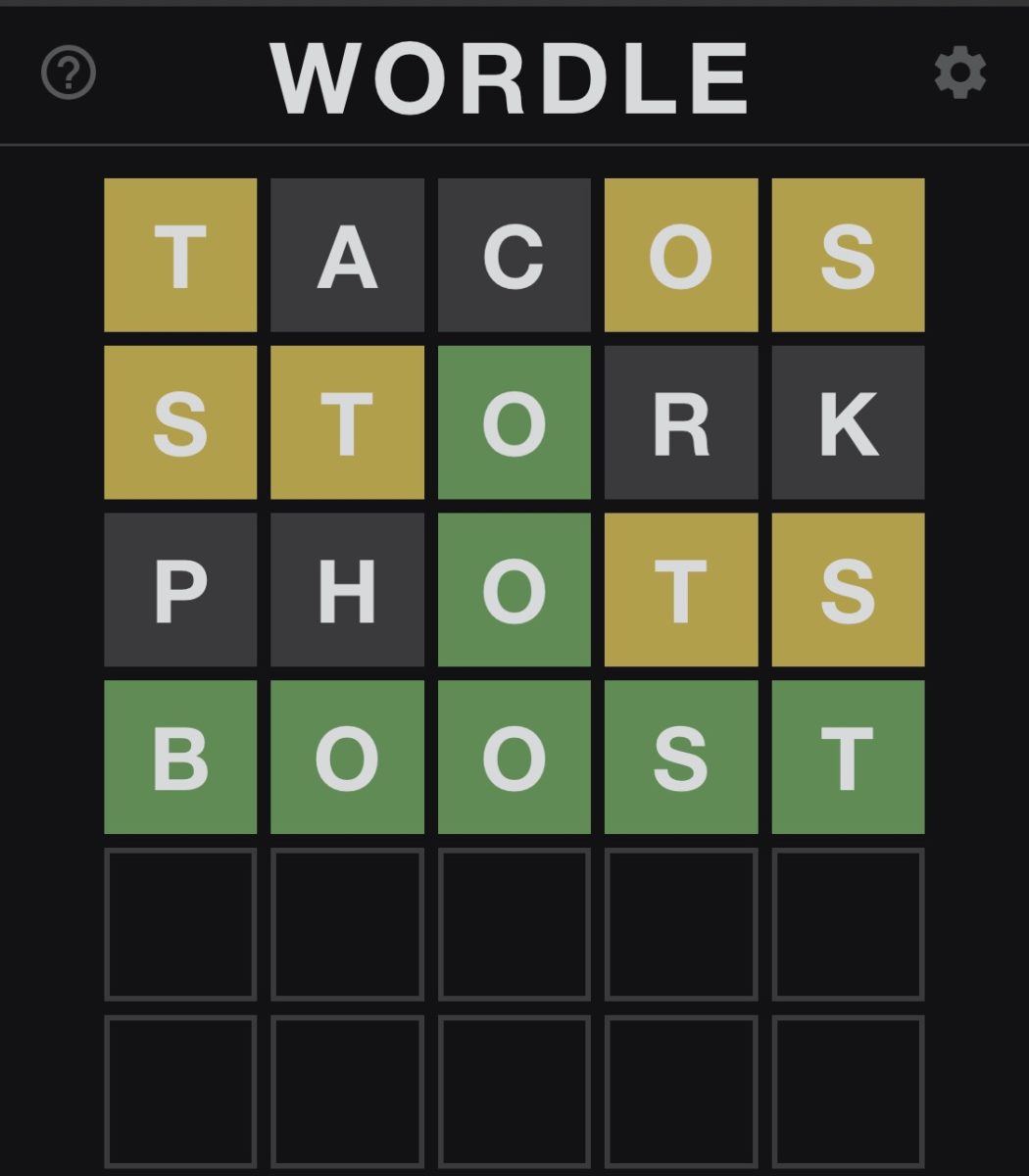Video games in the classroom explores the use of games as a teaching tool.
Salen’s theory goes like this: building a game — even the kind of simple game a sixth grader might build — is equivalent to building a miniworld, a dynamic system governed by a set of rules, complete with challenges, obstacles and goals. At its best, game design can be an interdisciplinary exercise involving math, writing, art, computer programming, deductive reasoning and critical thinking skills. If children can build, play and understand games that work, it’s possible that someday they will understand and design systems that work. And the world is full of complicated systems.
For a generation growing up immersed in technology, it offers a great opportunity for cross-curricular learning. Implementing a broad program like that could be problematic with the compartmentalized subject structure found in most schools. There would also be issues in an educational system with standardized testing, where you pretty much have to teach to the test. Regardless, it’s an interesting approach that has a lot of potential.



